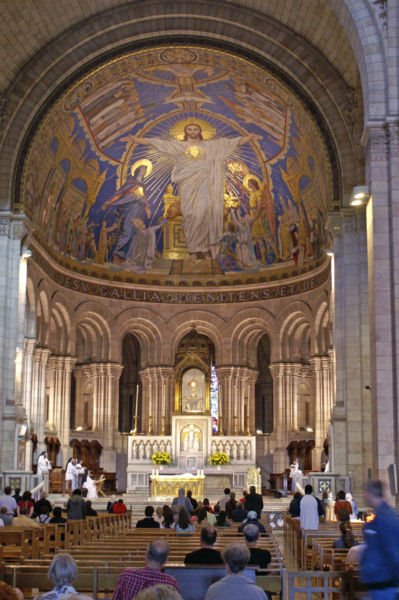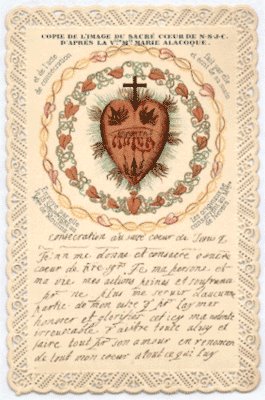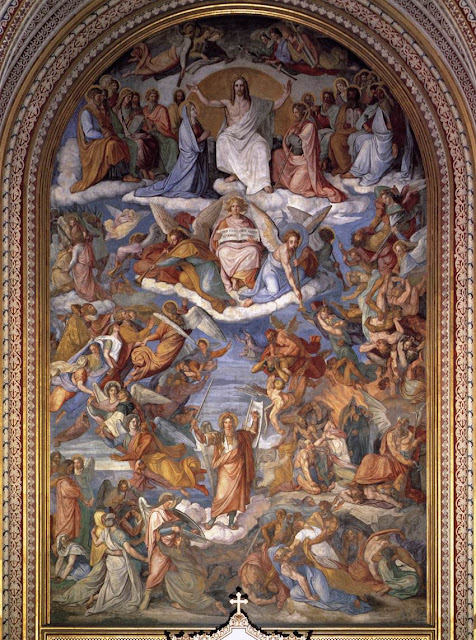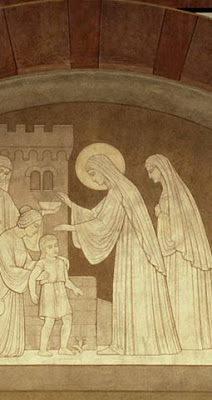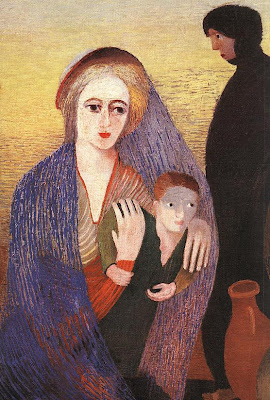

The image of the Divine Mercy originates from a vision that Saint Maria Faustina Kowalska (1905-1938) had in Plock on February 22, 1931.
In that vision Christ expressed His desire to have such an image painted and that the words in the signature beneath it be: Jezu, ufam tobie; Jesus, I trust in You.
On 30th April 2000, Pope John Paul II said in his homily at the Mass for the Canonisation of Saint Maria Faustina Kowalska:
"Sister Faustina Kowalska wrote in her Diary: "I feel tremendous pain when I see the sufferings of my neighbours. All my neighbours' sufferings reverberate in my own heart; I carry their anguish in my heart in such a way that it even physically destroys me. I would like all their sorrows to fall upon me, in order to relieve my neighbour" (Diary, p. 365). This is the degree of compassion to which love leads, when it takes the love of God as its measure!
It is this love which must inspire humanity today, if it is to face the crisis of the meaning of life, the challenges of the most diverse needs and, especially, the duty to defend the dignity of every human person.
Thus the message of divine mercy is also implicitly a message about the value of every human being. Each person is precious in God's eyes; Christ gave his life for each one; to everyone the Father gives his Spirit and offers intimacy.
This consoling message is addressed above all to those who, afflicted by a particularly harsh trial or crushed by the weight of the sins they committed, have lost all confidence in life and are tempted to give in to despair. To them the gentle face of Christ is offered; those rays from his heart touch them and shine upon them, warm them, show them the way and fill them with hope.
How many souls have been consoled by the prayer "Jesus, I trust in you", which Providence intimated through Sr Faustina! This simple act of abandonment to Jesus dispels the thickest clouds and lets a ray of light penetrate every life. Jezu, ufam tobie."











